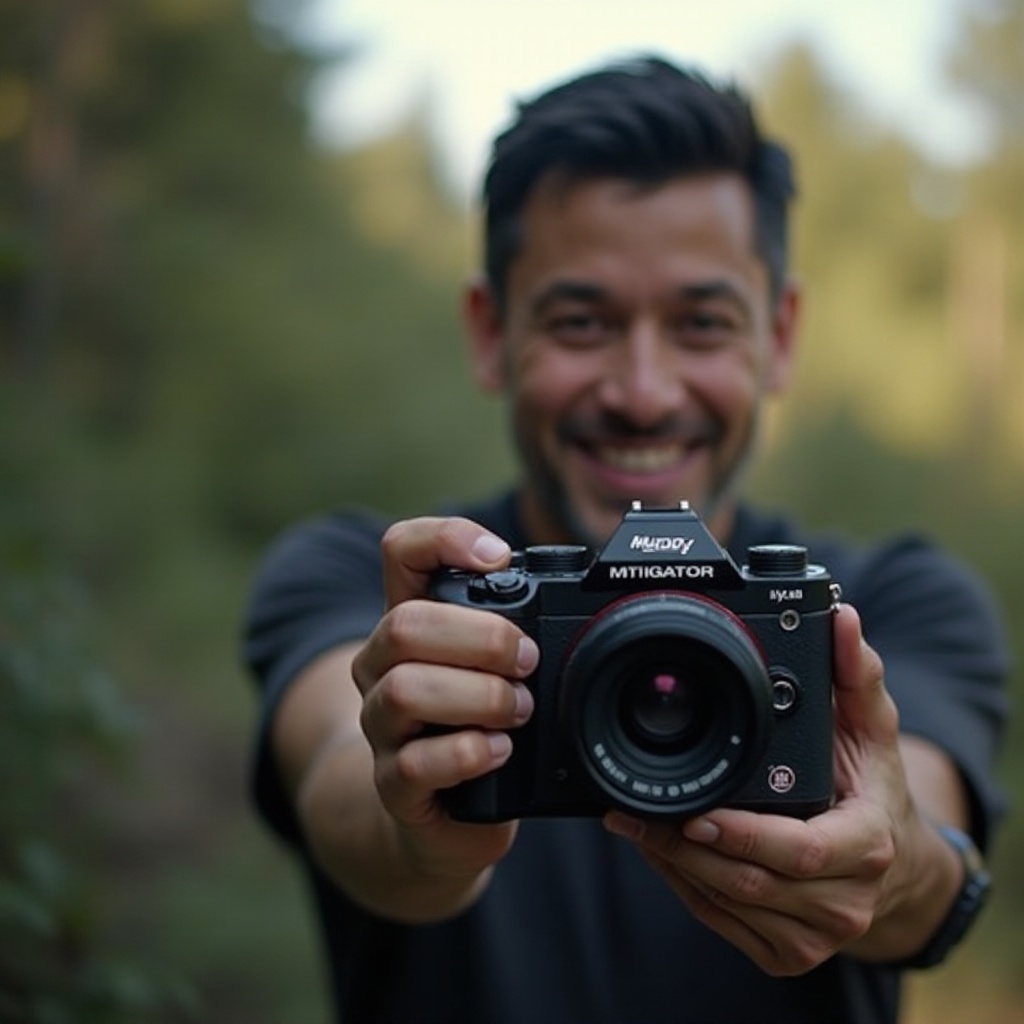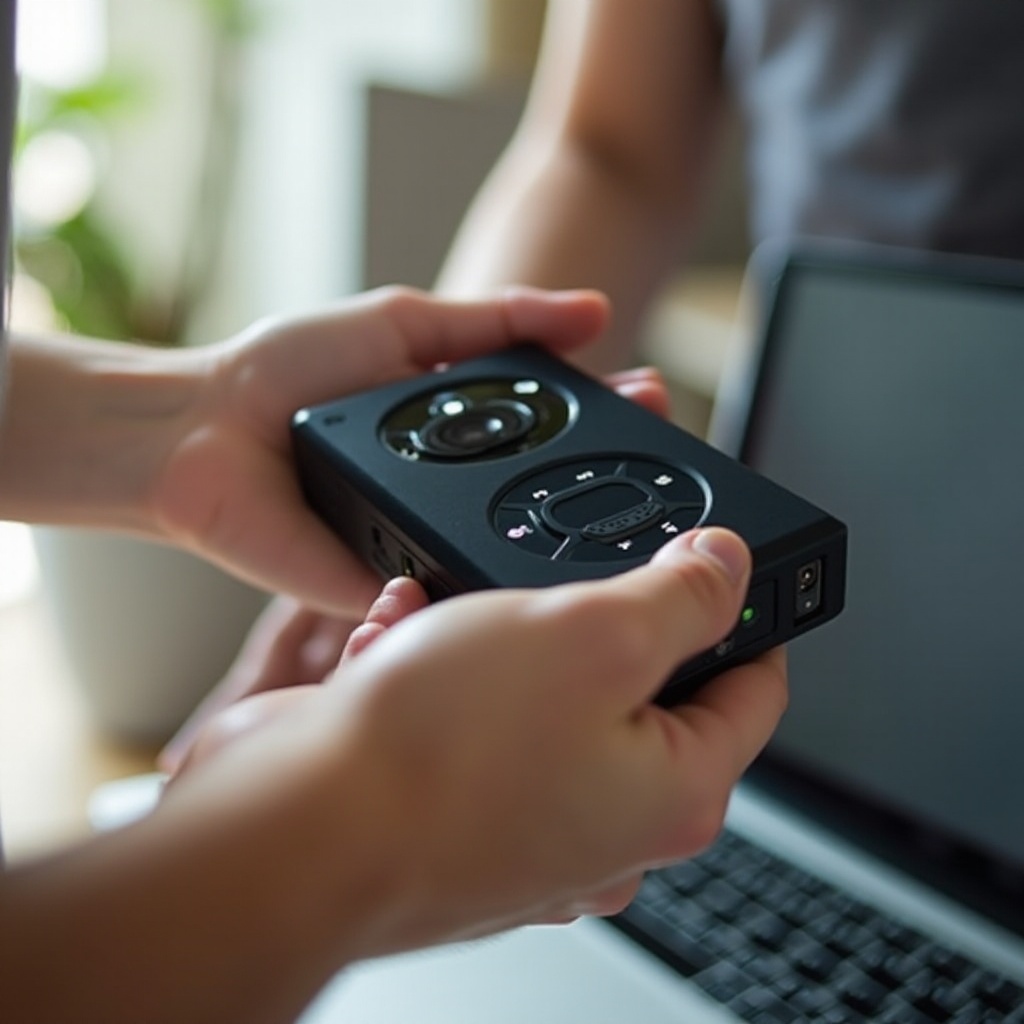Introduction
The Muddy Mitigator Camera is a powerful tool that helps outdoor enthusiasts capture stunning images and videos of wildlife and other outdoor adventures. Knowing how to use this advanced camera properly can significantly enhance your outdoor photography experiences. This guide will walk you through everything from setting up your Muddy Mitigator Camera to capturing high-quality images and maintaining the device.

Getting Started with Your Muddy Mitigator Camera
Before diving into the details, it’s crucial to understand how to start with your Muddy Mitigator Camera. First, you need to ensure that the camera is fully charged. A fully charged camera ensures uninterrupted operation, especially when you’re out in the field.
Next, familiarize yourself with the camera’s manual. The manual contains important information about the device’s functionalities and features, making it easier for you to maneuver through the settings later on. Take some time to read through it thoroughly.
After going through the manual, unbox the necessary accessories that come with the camera, such as memory cards, lenses, and any mounting equipment. These accessories are essential for optimal usage and capturing high-quality images.

Key Features of the Muddy Mitigator Camera
The Muddy Mitigator Camera boasts several key features that set it apart from other outdoor cameras. Understanding these features is vital for making the most out of your device.
- High-Resolution Imaging: The camera offers high-resolution photo and video capabilities, ensuring you capture every detail.
- Night Vision: Advanced night vision settings allow for clear images even in low-light conditions.
- Motion Detection: This feature triggers the camera to start recording automatically when motion is detected, which is excellent for wildlife photography.
- Wireless Connectivity: Easily transfer photos and videos to your devices through built-in Wi-Fi and Bluetooth.
- Weather Resistance: Designed to withstand harsh outdoor conditions, it’s perfect for all-weather usage.
Setting Up Your Muddy Mitigator Camera
Now that you know the basics, let’s set up your camera. Setting up involves strategically placing your camera and configuring initial settings to prepare it for capturing images and videos.
- Choose the Perfect Location: Select a spot where you anticipate high activity. This might be a trail or near a water source where animals frequent.
- Proper Mounting: Mount the camera on a stable surface. Use the mounting equipment provided to secure it firmly. Ensure it’s placed at a height of around 3-4 feet above the ground.
- Angle the Camera Correctly: The camera should be angled slightly downward to get a broader field of view. Avoid pointing it directly at the sun to prevent lens flaring.
- Install Memory Card: Insert a high-capacity memory card to store your images and videos. Ensure it’s formatted correctly for the device.
- Power Up: Once everything is in place, power on your camera to start configuring the settings.
Camera Settings for Optimal Performance
Optimizing your camera settings can significantly affect the quality of the images and videos you capture. Here are some recommended settings:
- Resolution: Set the camera to the highest resolution available for the best image quality.
- Sensitivity: Adjust the motion sensor sensitivity to suit the environment. High sensitivity is ideal for areas with less movement, while low sensitivity can reduce false triggers in busy environments.
- Capture Mode: Choose between photo, video, or hybrid modes depending on your needs.
- Burst Mode: For capturing fast-moving subjects, set the burst mode to capture multiple shots in quick succession.
- Time Lapse: Use this feature to capture scenes occurring over a period, such as sunrise or animal behavior.
Capturing High-Quality Images and Videos
To get the best results, follow these simple tips while capturing images and videos:
- Stealth Mode: Use the camera’s stealth mode feature to avoid scaring away wildlife.
- Lighting: Ensure adequate lighting. Early morning or late afternoon light is softer and ideal for photography.
- Check Settings Regularly: Periodically check the camera settings, especially if you move the camera to a different location.
- Stay Patient: Wildlife photography requires patience. Allow the camera to remain undisturbed for significant periods to capture spontaneous moments.
- Review Footage: Regularly reviewing footage can give insights into adjusting positions or settings for future captures.
Troubleshooting Common Issues
Even with robust equipment like the Muddy Mitigator Camera, you may encounter occasional issues. Here’s how to solve some common ones:
- Blurry Images: Ensure the lens is clean and the camera is securely mounted to avoid movement. Adjust the focus settings if necessary.
- Camera Not Powering On: Check the battery level and ensure it’s charged. Inspect the battery contacts for any corrosion.
- Memory Card Errors: Use a compatible memory card and make sure it’s properly inserted and formatted.
Maintaining Your Muddy Mitigator Camera
Proper maintenance ensures longevity and consistent performance. Here are some steps to keep your camera in top shape:
- Clean Regularly: Wipe the lens and body with a soft, dry cloth to remove dust and debris.
- Store Safely: When not in use, store the camera in a dry, cool place. Use a protective case if available.
- Firmware Updates: Regularly check for firmware updates that can enhance functionality and performance.
Conclusion
Using the Muddy Mitigator Camera effectively can transform your wildlife photography and outdoor adventures. By understanding its features, setting it up correctly, optimizing settings, and maintaining it well, you’re set to capture breathtaking images and videos.

FAQs
Frequently Asked Questions
How do I set the sensitivity on my Muddy Mitigator Camera?
To adjust the sensitivity, go to the camera settings menu and select the sensitivity option. Choose a level that is appropriate for your environment to avoid false triggers.
What is the best height to mount the camera?
Mount the camera at a height of about 3-4 feet above the ground to get the best field of view for wildlife activity.
How do I update the firmware on my Muddy Mitigator Camera?
Check the manufacturer’s website for the latest firmware updates. Download the update to your memory card and follow the instructions in the user manual to install it.
